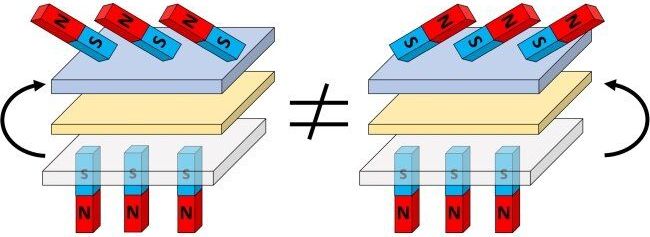Medicine’s ever-increasing focus on longevity is bad for society, says a prominent physician. (But, who’d voluntarily give up those bonus years?)


Medicine’s ever-increasing focus on longevity is bad for society, says a prominent physician. (But, who’d voluntarily give up those bonus years?)


Today, on World Environment Day, we are encouraged to consider the theme for 2019—air pollution—and its effects on the global human population. We are told of the impacts of breathing in polluted, urban air and we hear governments around the world promising to tackle it.
🤔👀😂
Yes, seriously.


Today, we wish to highlight a new open access publication in which the researchers take a novel approach to the regeneration of the thymus, a small but vitally important organ that is key to our immune system.
The thymus shrinks as we age
The thymus is one of the most important organs in the body, and it is where thymocytes produced in the bone marrow travel to become new T cells before being trained in the lymph nodes to become the defenders of the adaptive immune system. However, as we get older, the thymus increasingly turns to fat and starts to shrink, causing its ability to produce new T cells to fall dramatically. This process is known as thymic involution and actually begins shortly after puberty, so this is one aspect of aging that begins fairly early in life, although it is many decades later before its decline causes serious health issues.


Chinese scientists have found a major lithium deposit in Southwest China’s Yunnan Province, estimated to contain more than 5 million tons.
There are approximately 40 million tons of proven lithium reserves in the world, the Xinhua News Agency’s Globe magazine reported.
A team led by research fellow Wen Hanjie from the Institute of Geochemistry under the Chinese Academy of Sciences found 340,000 tons of lithium oxide in a test site in central Yunnan.


Robert Downey Jr. doesn’t pretend to be a brilliant scientist — even though he’s played Tony Stark, aka Iron Man, for the past 11 years.
But on Tuesday night he attended Amazon’s brand new, premier, open-to-the-public Machine Learning, Automation, Robotics and Space (re: MARS) conference in Las Vegas — a room filled with AI legends, astronauts, and other dignitaries — as a keynote speaker.
He delivered a gag-filled talk that somehow weaved together the history of the Marvel Cinematic Universe, the evolution of Stark’s Iron Man suits, allusions to his own troubled history with drug addiction, the actual history of artificial intelligence and its pioneers, with a bunch of jokes using the Amazon Alexa voice and Matt Damon (including a videotaped guest appearance by Damon).